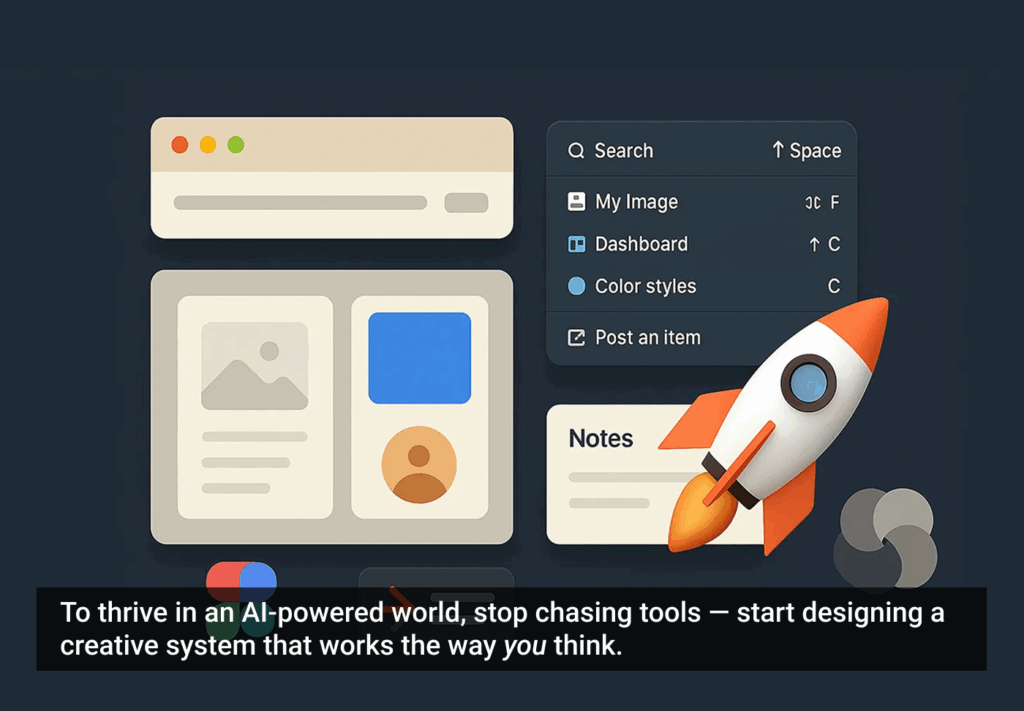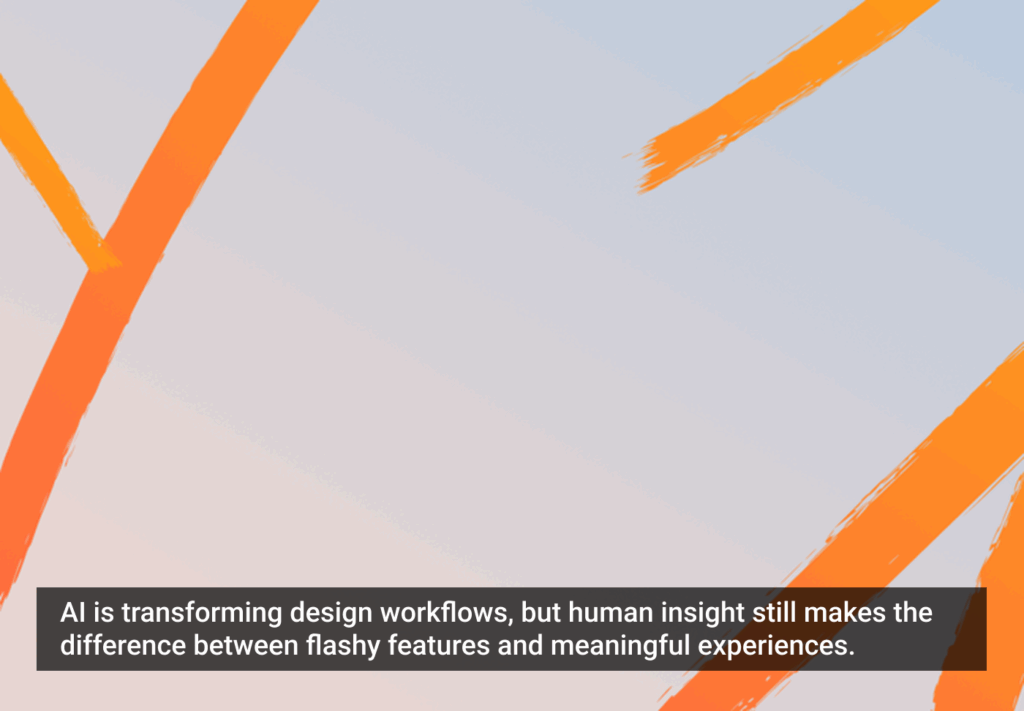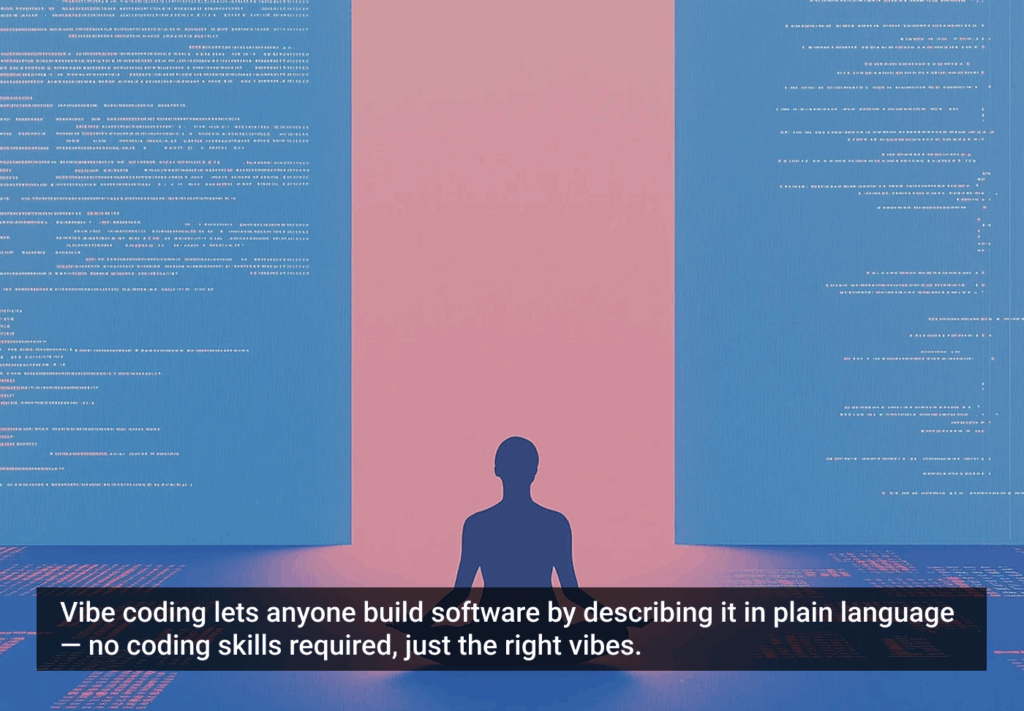The realm of user experience often feels enchanted. It’s growing in economic and cultural significance, and is filled with bright, capable people who unite research, design, technology, and strategy to make advancements that improve the personal and professional lives of billions. But the UX field is still young and relatively immature.
As it grows with increasing speed, so too grow its central, unsolved problems.
UX Magazine exists to facilitate in-depth discussions of some of those problems, and recently we’ve decided to try to address even more of them—especially those related to the employment market.
As we’ve discussed in recent articles, job titles for UX professionals—interaction designer, information architect, usability expert, user researcher, content strategist, etc.—lack universally consistent meanings. The same is true within and across companies, where one agency’s “UI designer” is another’s “visual interaction designer.” When companies want to grow or build their UX teams, there’s not always a clear picture of who will fit their requirements. This is an even bigger problem for non-tech companies building UX departments from scratch for the first time.
With that and other ideas in mind, our Editor-in-Chief, Jonathan Anderson, has been traveling to major cities, talking to hiring managers and individual practitioners of every bent and agencies of all sizes. He’s no stranger to the many nooks and crannies of the UX field, and his hands-on research into the employment market is shedding light on some unique and positive ways we can leverage UX Magazine’s reach and influence to effect positive change. To do this, we’ll need the help of the community, and the help of people who work directly in the realm of UX employment.
To that end, we’ve recently partnered with Didus, a unique recruitment agency that focuses solely on connecting professionals in user-centered research, design, technology, and strategy with the companies that need them (and vice versa). Through our partnership, Didus is able to draw on UX Magazine’s community of over 90,000 practitioners and countless experience-driven businesses. Meanwhile, our access to Didus’ real-world experiences in UX recruiting puts us in a position to report on the hiring landscape from the trenches.
In that sense, our partnership goes beyond just bettering the employment landscape. We’d like to forge a firmer understanding of what UX is, what UX can be, and what those working in this seemingly magical realm are truly capable of.
We need your help with this. In the coming months, we’ll be doing some exciting new things in the interest of creating a dialogue that serves the challenges unique to the UX jobs marketplace. This includes a series of articles written in conjunction with the user-centered hiring experts at Didus that will unpack some of the mystery and create a forum for open discussion about what this all means.
We’re all lucky to be working in an innovative field filled with thoughtful, engaging people. Finding easier ways for everyone to connect clearly through more direct channels can only make it a more enchanting realm to be in.
If you’re a UX pro with a unique perspective on the job market, or you’re a hiring manager who can help us understand the challenges you face, we invite you to contact Jonathan via Twitter @first_day or to email us at [email protected]. If you’re a UX pro in the market for a new job or an HR or hiring manager trying to find UX staffers, we definitely recommend that you work with Didus. They’re not interested in selling people on ill-fitting job opportunities or flooding employers with candidates without knowing or caring whether they’re a proper fit.
Like UX Magazine, Didus wants to see the UX community grow in ways that are beneficial and meaningful to everyone involved.
Image of converging ripples courtesy Shutterstock







